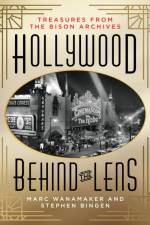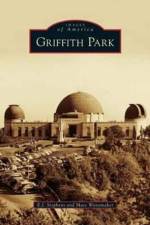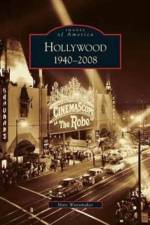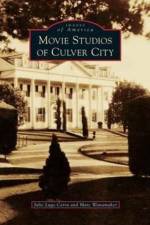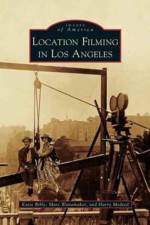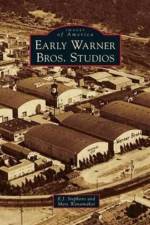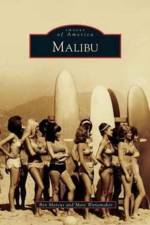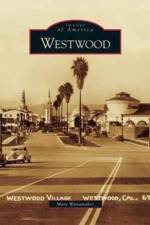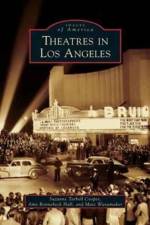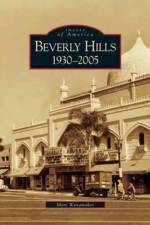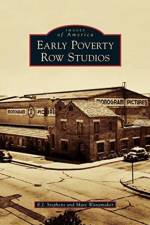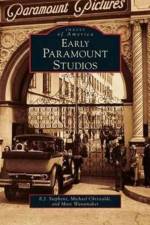av Marc Wanamaker
385,-
The Mission San Fernando was founded on September 8, 1797, as an outpost of New Spain, in the vast expanse between the San Gabriel and Santa Monica Mountains. Northwest over the Hollywood Hills from downtown Los Angeles, this land was developed into a vital farming and citrus breadbasket. After 1900, real estate developers began subdividing "the Valley," as it is popularly known, and by 1940, communities of Los Angeles proper and new cities formed into models of suburbia: Van Nuys, North Hollywood, Burbank, Studio City, Sherman Oaks, Encino, Northridge, Roscoe (Sun Valley), Tarzana, Canoga Park, Chatsworth, Calabasas, Hidden Hills, San Fernando, Glendale, Canoga Park, Pacoima, Toluca Lake, and Woodland Hills. The film industry built studios, location ranches, and support facilities in the valley. The aviation industries grew too, and the Hollywood, Ventura, and Golden State Freeways redrew the map. Songs, movies, and television shows have helped ingrain "the Valley" into L.A. lore.

